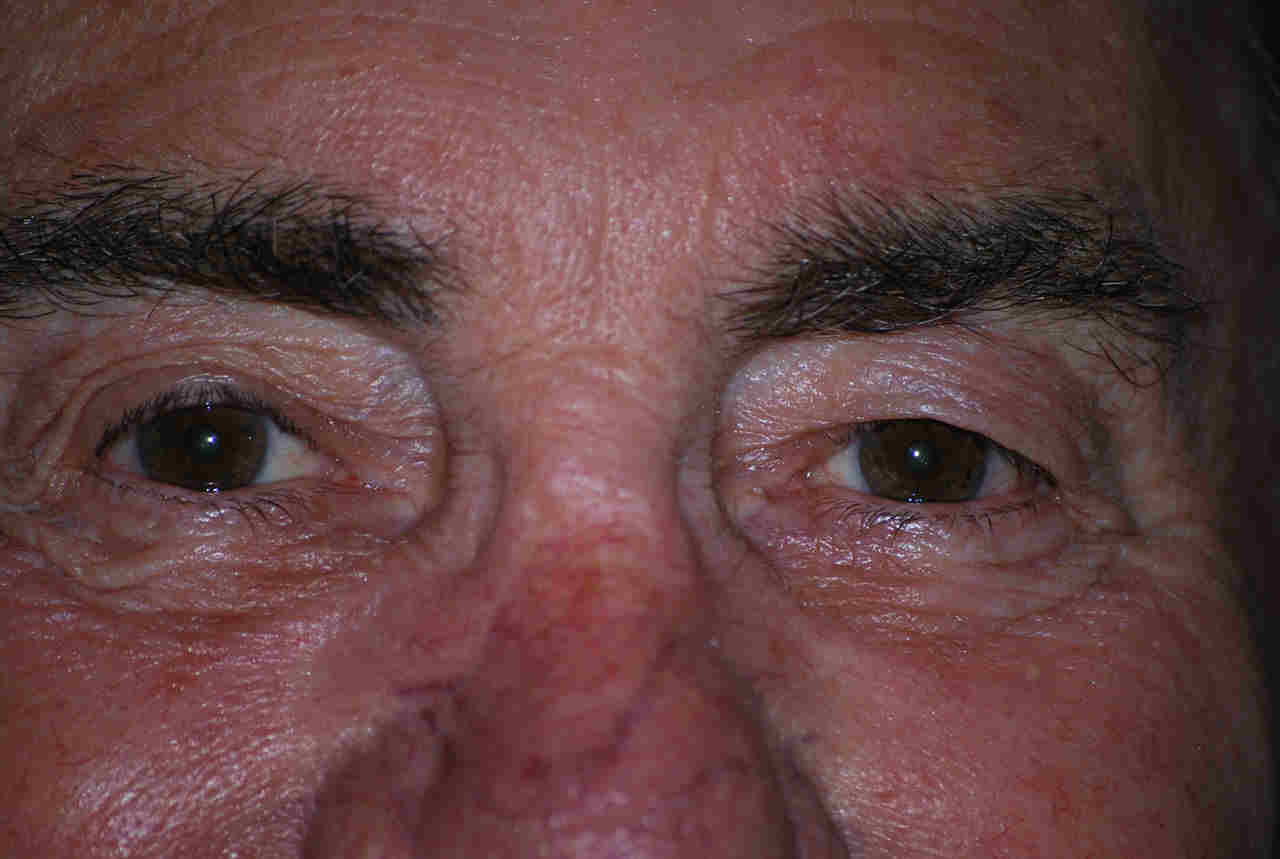Ultrathin 2D artificial retina
Scientists say they have successfully developed and tested the world’s first ultrathin artificial retina which could be a vast improvement on existing implantable visualisation technology. The flexible device, based on very thin 2D materials, could someday restore sight to the millions of people with retinal diseases. And with a few modifications, the device could be used to track heart and brain activity, they say.
Diseases can damage or destroy retinal tissue, leading to vision loss or complete blindness. Silicon-based retinal implants have restored some vision to some individuals, but, Lu says, these devices are rigid, flat and fragile, making it hard for them to replicate the natural curvature of the retina. As a result, silicon-based retinal implants often produce blurry images and can cause long-term damage to surrounding eye tissue, including the optic nerve. Lu and her collaborator Associate Professor Dae-Hyeong Kim, who is at Seoul National University, sought to develop a thinner, more flexible alternative that would better mimic the shape and function of a natural retina.
The researchers used 2D materials, including graphene and molybdenum disulfide, as well as thin layers of gold, alumina and silicon nitrate to create a flexible, high-density and curved sensor array. The device, which resembles the surface of a flattened soccer ball or icosahedron, conforms to the size and shape of a natural retina without mechanically disturbing it.
Lu is also exploring ways to integrate this technology into electronic tattoos that are laminated on the skin surface to gather real-time health information. Lu says the team plans to add transistors to these transparent e-tattoos to help amplify signals from the brain or the heart so they can be more easily monitored and treated. These ultrathin sensors and electrodes can also be implanted on the surface of the heart to detect arrhythmias. Lu says in time doctors could potentially programme them to act like tiny pacemakers, sending electrical impulses through the heart to correct the problem.























